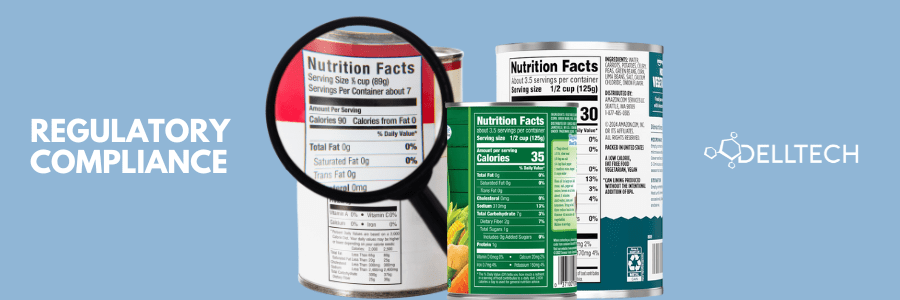By: Deeksha Chahal, REGULATORY AFFAIRS SPECIALIST, email
Fertilizers play a crucial role in agriculture, contributing significantly to crop yield and quality. In Canada, the use and distribution of fertilizers are regulated to ensure they are safe for humans, animals, and the environment. The Canadian Food Inspection Agency (CFIA) is the primary regulatory body overseeing fertilizers, ensuring they meet stringent standards before they reach the market. This blog will explore the key labelling and safety assessment requirements for fertilizers in Canada, providing a comprehensive overview for manufacturers, distributors, and users.
Overview of Fertilizer Regulations in Canada
In Canada, fertilizers are regulated under the Fertilizers Act and the Fertilizers Regulations. These regulations are designed to ensure that fertilizers are safe, effective, and accurately represented. They cover a wide range of products, including chemical fertilizers, organic fertilizers, soil amendments, and supplements. One key aspect of these regulations is the requirement for product labelling.
Labelling Requirements
Proper labelling of fertilizers is essential to ensure that users can safely and effectively use the products. The CFIA requires certain information to be included on fertilizer labels:
- Product Name: The product must be clearly identified by its common name and brand name.
- Guaranteed Analysis: This includes the percentage of essential nutrients such as nitrogen (N), phosphorus (P), and potassium (K). For example, a label might read “15-20-15,” indicating 15% nitrogen, 20% phosphorus, and 15% potassium.
- Net Weight: The total weight of the product must be indicated in metric units (kilograms or grams).
- Directions for Use: Clear instructions on how to use the product safely and effectively, including application rates, methods, and timing.
- Precautionary Statements: Warnings and safety instructions to protect users, such as wearing gloves, avoiding inhalation, and keeping the product away from children and pets.
- Registration Number: A unique number issued by the CFIA indicating that the product has been reviewed and registered.
- Manufacturer Information: The name and contact information of the manufacturer or distributor.
Safety Assessment
Some fertilizers and most supplements require pre-market assessment and registration prior to importation or sale in Canada.
The principle of safety assessment under fertilizer regulation revolves around evaluating the product’s risk, which is determined by two key factors: the inherent hazard of the product and the level of exposure to it. This means that manufacturers must assess both the potential harm the product could cause (its hazard) and how likely it is that people or the environment will be exposed to this harm. By analyzing these factors together, informed decisions about the safety of the fertilizer can be made, ensuring that it poses minimal risk to human health and the environment.
Risk = Hazard x Exposure
Levels of Safety Assessment
The safety data required depends on the nature of the product, associated hazard, use pattern, application rate, etc.
The CFIA implemented 3 levels of safety assessments:
- Level I – products with well established history of safe use and a negligible risk profile.
- Level II – products with low risk profile that may be contaminated with chemical or biological agents.
- Level III – products with unknown or higher risk profile.
Registration Process
Before a fertilizer can be sold in Canada, it must be registered with the CFIA. The registration process involves:
- Submission of Data: Manufacturers must submit detailed information about the product, including its composition, intended use, safety data, and efficacy studies.
- Evaluation: The CFIA reviews the submitted data to ensure the product meets all safety and efficacy standards.
- Approval and Registration: If the product passes the evaluation, it is assigned a registration number and can be marketed in Canada.
How can Dell Tech Laboratories Experts help?
Ensuring the safety and efficacy of fertilizers in Canada involves a comprehensive regulatory framework managed by the CFIA. Proper labelling and adherence to safety requirements protect users and the environment while ensuring that fertilizers contribute effectively to agricultural productivity. Manufacturers, distributors, and users must stay informed about these regulations to ensure compliance and promote safe agricultural practices.
Are you ready to take your fertilizer product to market? Looking to navigate the complex landscape of regulations and compliance? Dell Tech is here to support you every step of the way.
Contact our experts at Dell Tech Laboratories —we’re here to help!
Dell Tech has provided professional, confidential consulting services to the specialty chemical
industry in Canada, the USA, Europe, and Asia for the last 40 years.
[INSERT_ELEMENTOR id=5705]






